
The Irish water spaniel is a medium-size sporting dog breed from Ireland that has a curly, medium-length coat that only minimally sheds. The dense coat is waterproof, an ideal trait for this expert swimmer and water retriever. The dog’s head features a trademark topknot of curls, and its tail tapers into a smooth “rat tail” that lacks curls. Overall, the Irish water spaniel is solidly built but still agile. And it happens to be the tallest of the American Kennel Club spaniel breeds.
Group: Sporting
Height: 21 to 23 inches (female), 22 to 24 inches (male)
Weight: 45 to 58 pounds (female), 55 to 68 pounds (male)
Coat: Medium-length, curly
Coat Color: Liver (brown)
Life Span: 12 to 13 years
Temperament: Playful, affectionate, loyal
Hypoallergenic: Yes
Origin: Ireland
Irish water spaniels generally have an affectionate and eager-to-please temperament. They are quite smart and in tune with their humans, and they prefer to have a job to do. High energy and playfulness also help to shape their personality, and they like an active household.
Spaniels have existed in Ireland and elsewhere for centuries. And they were divided into land and water categories based on the type of work they did. Prior to the mid-1800s in Ireland, there were two different water spaniels: the South Country and the North Country water spaniel. The modern Irish water spaniel descends from both of these breeds, though it looks more similar to the South Country variety.
In the 1830s, a breeder in Dublin began to refine the water spaniels into a new, distinct breed. It’s unclear which other breeds might have been part of the mix. But it’s possible that poodles, Portuguese water dogs, and barbets were used.
People in Ireland and England appreciated this new spaniel’s good temperament and retrieving prowess in cold water. The breed made its way to North America by the late 1800s. And the American Kennel Club officially recognized it in 1878.
Plan to give your Irish water spaniel plenty of daily exercise. This breed also requires some specialized grooming. And it should receive training and socialization from an early age.
Aim for at least one to two hours per day of vigorous exercise for the Irish water spaniel. Long walks, hikes, running, cycling, swimming, and games of fetch all are ideal activities. Puzzle toys and dog sports, including agility and dock diving, can provide mental and physical challenges for this smart breed. As long as the Irish water spaniel gets enough activity every day, it’s typically calm in the house.
Brush your Irish water spaniel weekly to remove any loose fur and dirt. This breed’s fur grows like hair and requires trimming roughly every two months. You can either go to a groomer or learn how to do it at home.
Bathe your dog every month or so, depending on how dirty it gets. But see whether its ears need cleaning at least weekly. Also, be sure to dry the ears well after baths and swimming. Trim its nails roughly once a month, and aim to brush its teeth with a canine toothpaste daily.
Begin training and socialization when your Irish water spaniel is a puppy to instill good behaviors and prevent bad habits. This breed responds well to positive-reinforcement training methods, such as treats and praise. As long as you are clear and consistent with your commands, it should pick up on them quickly. Keep training sessions fun and varied to hold your dog’s attention.
As this breed can be somewhat reserved around strangers, aim to expose your dog to different people and other dogs from an early age to boost its comfort and confidence. Having lots of positive experiences can help to curb the wary side of its temperament.
The Irish water spaniel is generally healthy, but the breed is still prone to some hereditary health conditions, including:
Always have fresh water available for your Irish water spaniel. And feed it a nutritionally balanced diet, generally via two measured meals per day. Be sure to run the type of food and the amount by your vet to verity that you’re meeting your dog’s individual needs. Nutritional requirements can change with age, activity level, and other factors. Moreover, be mindful of treats and other extra food to prevent overfeeding.
The Irish water spaniel is a relatively rare breed in North America. But it’s still possible to find one at an animal shelter or rescue organization, so it’s worth checking and getting your name on a breed wait list if possible. For a puppy from a responsible breeder, expect to pay around $800 to $1,800 on average.
For further information to help you find an Irish water spaniel, check out:
Affectionate and playful
Low shedder
Good for active owners
Needs a lot of exercise and mental stimulation
Requires special grooming
Can be wary of strangers and other dogs
Do thorough research to ensure that the Irish water spaniel is the right breed for your lifestyle. Talk to spaniel owners, reputable breeders, rescue groups, and veterinary professionals. Try to meet multiple Irish water spaniels too if possible to get a feel for the breed.
If you’re interested in similar breeds, check out:
There’s a whole world of potential dog breeds out there—with a little research, you can find the right one to bring home!
Well-trained and socialized Irish water spaniels are moderately tolerant of children. They can be good with respectful older children, but they should always be supervised around young kids.
Irish water spaniels are somewhat reserved around strangers and other dogs. But as long as they’ve had proper training and socialization, that typically does not turn to aggression.
Irish water spaniels are generally adaptable to different living conditions with proper training and socialization. They also are relatively quiet, which is a key component of apartment living. But it’s imperative that they get plenty of daily mental stimulation and physical activity if their living space is small.

100+ White Cat Names
White cat names can pay homage to their wintry fur, like Snowflake or Frosty, but can also be playful, such as Marshmallow, or elegant, like Pearl.
117 Funny Cat Names That'll Make you Chuckle
The top funny names for cats play on your kitty's personality, size and shape, or general catitude.
15 Unique Male Cat Names
Instead of commonplace Tiger or Oscar, our list of unique male cat names will hopefully inspire you to pick something different.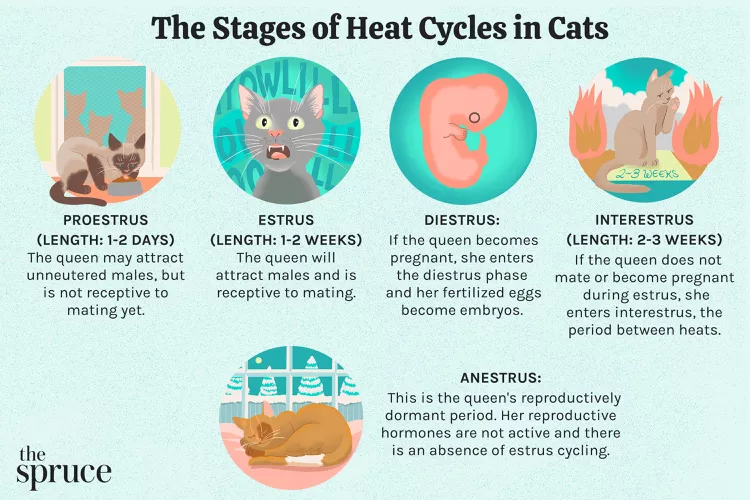
How Long Are Cats in Heat?
How long are cats in heat? Learn about the heat cycles of cats, also called estrus, as well as the reasons you should spay your cat.
Are Christmas Trees Poisonous to Cats and Dogs?
Many people worry about their pets knocking over the Christmas tree, but what happens when they chew on it? Learn if Christmas trees are toxic to pets.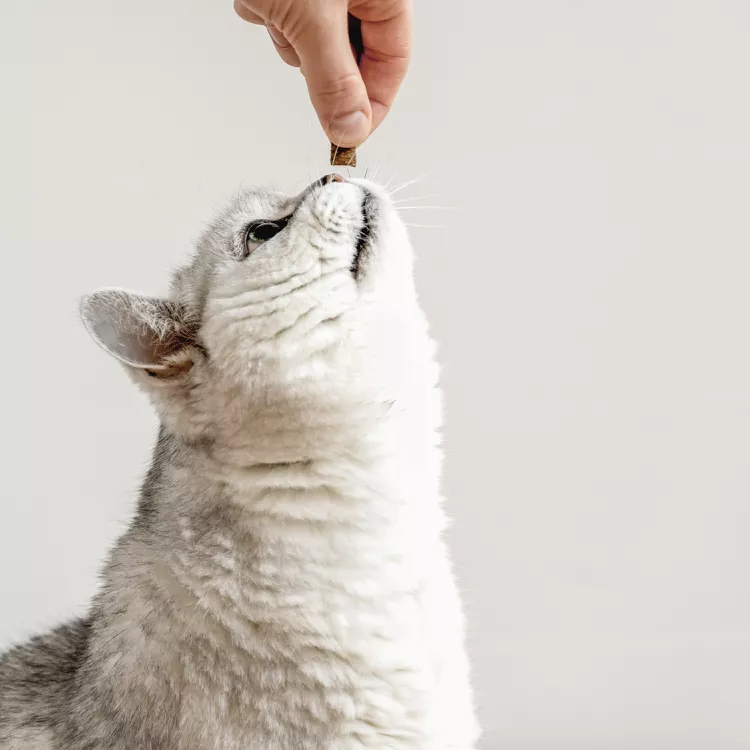
Can Cats Eat Peanut Butter?
Peanut butter is not toxic to cats, but it might not be the best choice of treat for them.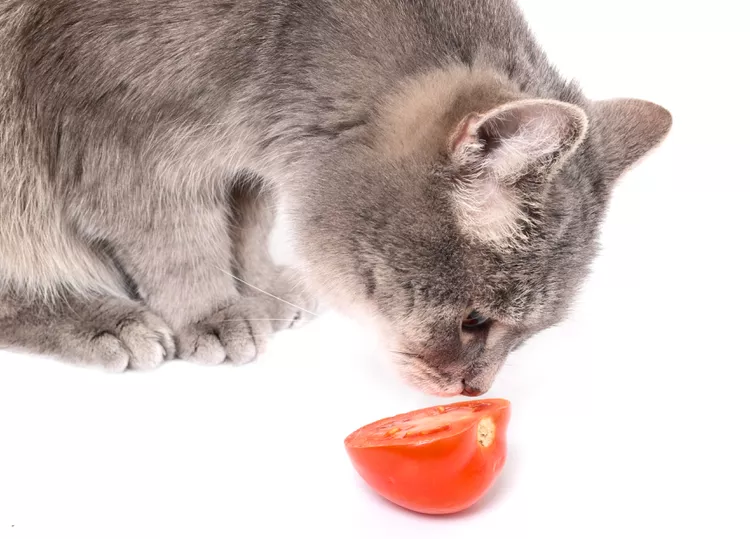
Can Cats Eat Tomatoes?
Tomatoes are a healthy snack for humans but should mostly be avoided for our feline friends.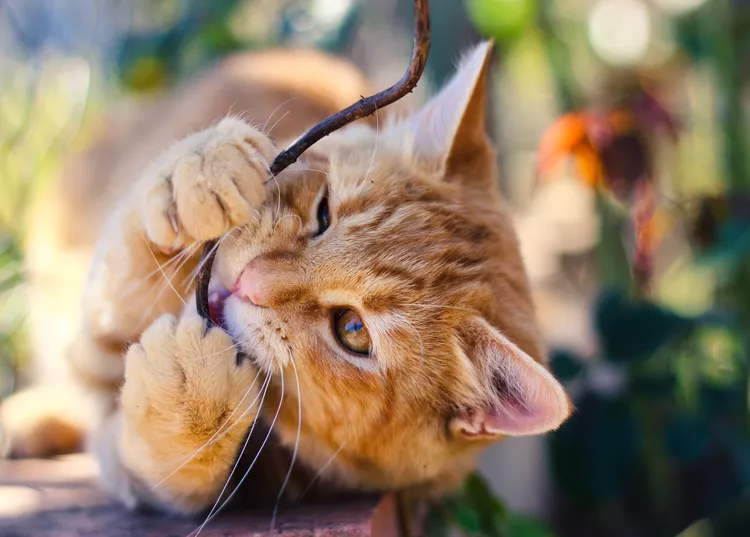
How to Stop Destructive Chewing in Cats
Cats are known to chew on objects such as shoes, furniture, and cords. Learn how to stop this behavior to keep your cat (and household objects) safe.
Neutering Your Dog Explained
What does it mean to neuter a dog? Learn about neutering or castration in dogs and why it is done. Find out what to expect when your dog is neutered.
Cardigan Welsh Corgi: Dog Breed Characteristics & Care
Learn all about the Cardigan Welsh Corgi, a unique-looking dog breed known for its larger-than-life personality and complete devotion to its family.
Littermate Syndrome in Dogs
Dogs that grew up together as littermates may have conflicts when they live together as adults. Here's everything you need to know about littermate syndrome in dogs.
Why Do Dogs Eat Dirt?
Some dogs eat some strange things. What does it mean if your dog eats dirt and when should you be concerned?
Everything You Need to Know About Raising Your First Cat
Whether you are thinking about getting a cat or just adopted your first one, these are the things to know to make your relationship a lasting one.
8 Ways To Help Your Cat Lose Weight
Cats who are at a healthy weight are happier, more agile, and tend to live longer. Here are 8 tips for managing a cat weight loss programme
Heart Disease in Cats
Like humans, cats can get heart diseases that may lead to serious problems. Learn all about symptoms along with the causes, treatment, and prevention.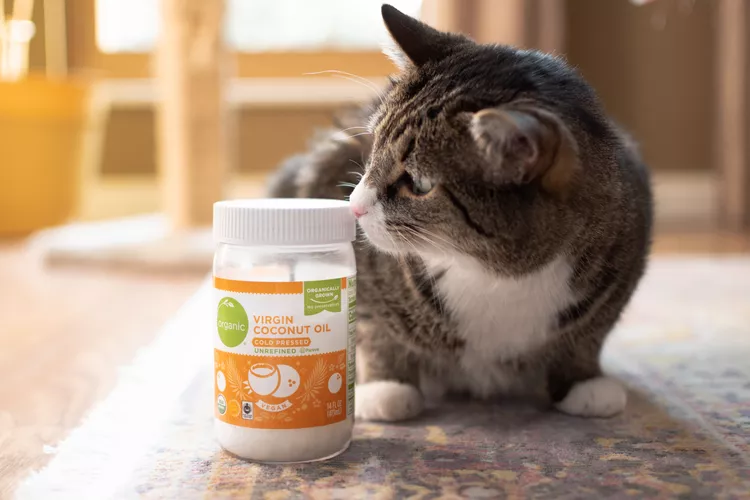
Is Coconut Oil Safe for Cats?
Coconut oil is touted as a miracle food. Can coconut oil improve your cat's health? Is coconut oil even safe for cats?
Why Do Cats Stare at Walls?
Cats can have some quirky behaviors, including staring at walls. Why do cats do this and when should you be concerned?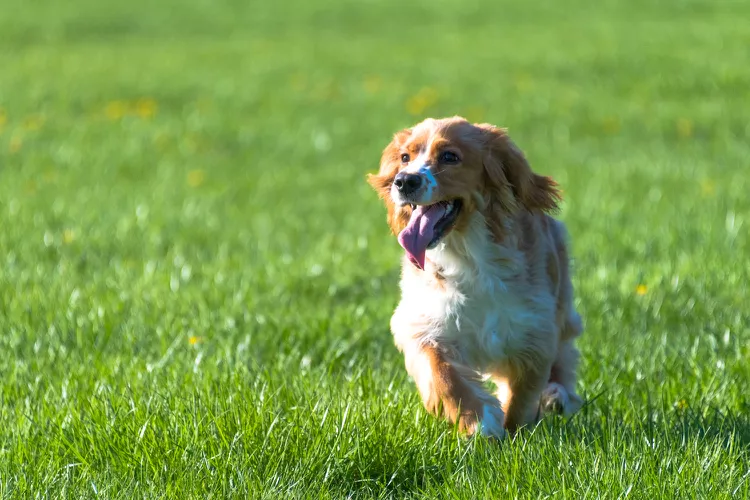
Patellar Luxation in Dogs
If your dog has a knee that seems to pop out of place, it may have a patellar luxation. Find out what this means and what can be done about it.
13 Signs of Cancer in Dogs
The signs of cancer in dogs may include lumps and bumps, lethargy, vomiting, diarrhea, pain, abdominal swelling, and more. Signs may be mild or obvious depending on the type of cancer and its severity. Learn common signs of cancer in dogs so you’ll know when to call the vet.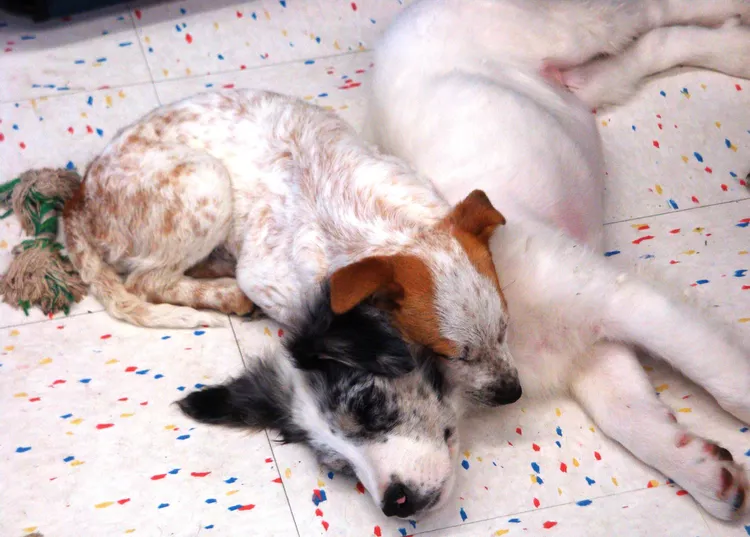
Ear Mites in Puppies and Dogs
Ear mites can be a big discomfort for puppies and dogs. Learn about the causes, treatment, and prevention to keep mites away from your pets.